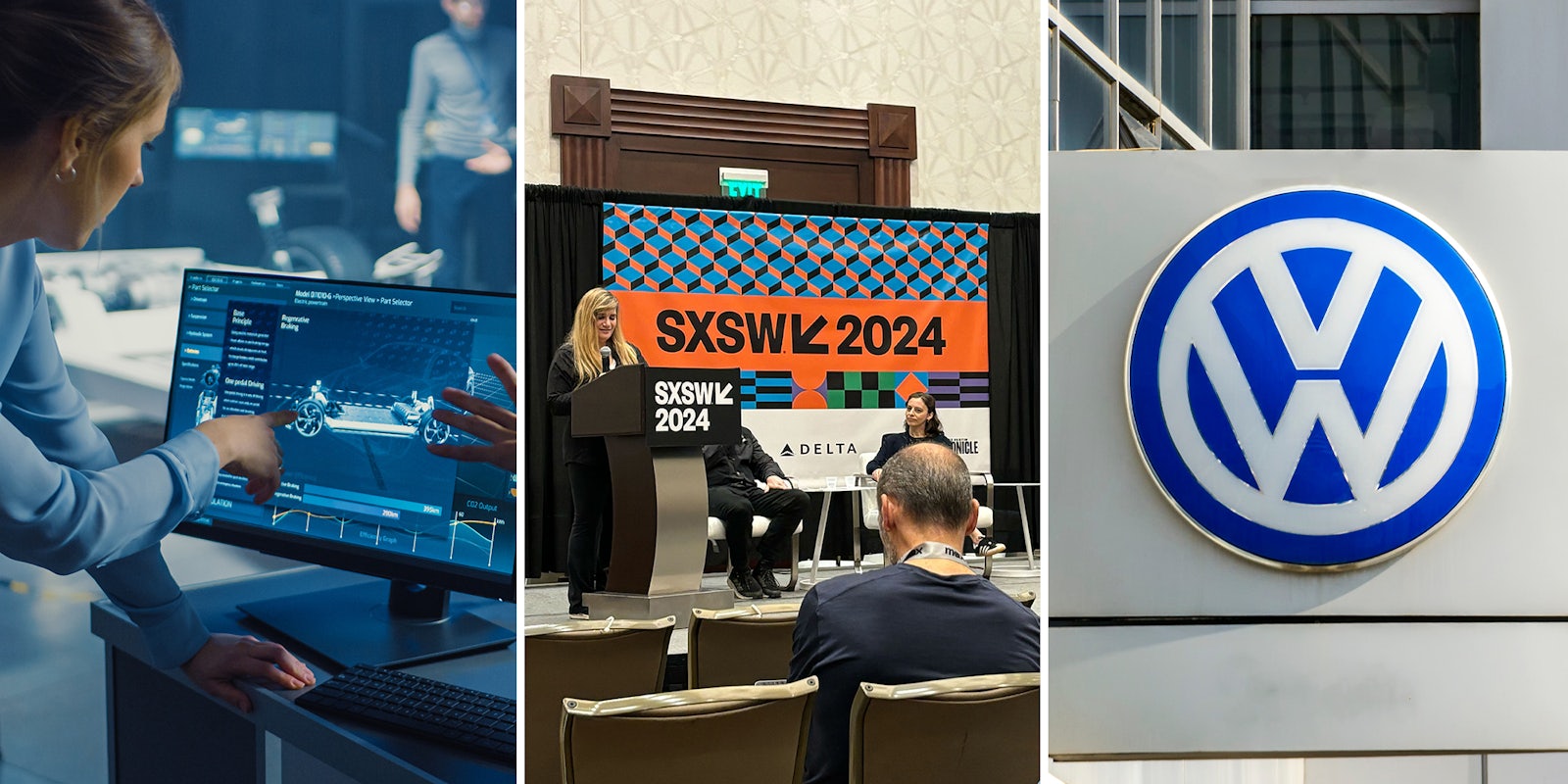Cars have changed a lot in recent years. From the rise of electric vehicles, to the advancement of assisted driving, to fully-autonomous vehicles, the current car landscape would have been unimaginable to someone on the road just a few decades ago.
Given the rapid speed of this development, it can be difficult to figure out where the car world could go next. Asking the experts, it seems like the future cars will be defined not by what goes on on the outside, but what’s happening after someone enters the vehicle.
“The experience is really being redefined,” said George Watson of Forpeople at a Thursday SXSW panel. Joining Watson were Lyse Martel of Volkswagen Group Future Center Europe and Charlie Prather of NIO, who came together to discuss how the car driving experience will change in years to come.
To start, the panel cast away the idea of the car as a place to work, a future often envisioned when people discuss autonomous vehicles. Instead, the car will become something between a third space and an active living space—a place where people can perform personal development if desired, or simply relax in the manner that best suits them.
“We’ve all seen these visions of the car as a mobile office,” Watson explained. “I think what we really need to sort of keep in mind is what is meaningful for people. … We want that connection, that sense of purpose.”
“I think a lot of it comes back to being more of a human relationship…Right now, we’re kind of working for the machine,” added Prather. “Slowly, it will be more about the machine working for us.”
Watson theorized what a space built with this mentality might look like. For him, this could involve using advanced, personalized artificial intelligence to help someone learn a language, using augmented reality to improve the drive, or simply changing the in-car experience to promote relaxation for those within it.
“[We want to] make people feel better after they leave the car than when they came in,” said Prather.
One of the key barriers in the way of this development is, in addition to getting over lingering issues with the function of autonomous vehicles and finding ways to resolve motion sickness, is finding ways to make people more trusting of their cars.
“As the car becomes more autonomous, trust becomes one of the biggest factors,” stated Prather.
To build this trust, Martel noted that companies are testing using things like scents to create a sense of calm for those in the car and using “neuroaesthetics” to improve the rider experience. Prather added that a car could learn from your behavior, offering personalized ways to help and relax the rider while “progressively giving information back.”
“It doesn’t need to be a firework of effects,” said Martel. “It just has to be right.”
This could be assisted by large language models like ChatGPT. Watson noted that the naturalistic tone of the language produced by LLMs make them feel more human, which could be effective in putting riders at ease during their trips.
“The opportunity is to build more of an empathetic relationship with the car,” he shared. “Rather than seeing it as a tool or machine, it’s more of a companion.”


